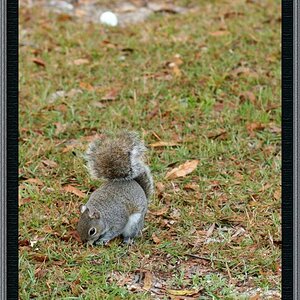Rafa
TPF Noob!
- Joined
- May 17, 2014
- Messages
- 12
- Reaction score
- 1
- Location
- Brazil
- Can others edit my Photos
- Photos NOT OK to edit
Hi experts, how are you? I hope taking so many pictures!
I would like to ask you about some technical adivice. I'm new on DSLR world but I'm studying it and trying as much as I can, the only mode I use is manual mode.
So, going direct to the point, the subject is exposure. Sometimes I notice that I should measure the exposure of my photo in one object which is not the subject of my picture. Lets say that I'm taking a portrait of a person which is in the left side of my pic but I would like to measure the exposure in another object which is on the right side of the picture, is it even possible or I'm talking bull****?
Sometimes when I am taking a picure the exposure looks over/under exposed, I'm trying to change the exposure mode and playing with matricial metering, spot metering and the other two my camera (Canon 6D) offers. I am getting good results after taking some pictures but I feel like there is the jump of the cat that I didn't get yet.
What advise would you give me regarding it?
Best regards,
Rafael (amateur photographer)
I would like to ask you about some technical adivice. I'm new on DSLR world but I'm studying it and trying as much as I can, the only mode I use is manual mode.
So, going direct to the point, the subject is exposure. Sometimes I notice that I should measure the exposure of my photo in one object which is not the subject of my picture. Lets say that I'm taking a portrait of a person which is in the left side of my pic but I would like to measure the exposure in another object which is on the right side of the picture, is it even possible or I'm talking bull****?
Sometimes when I am taking a picure the exposure looks over/under exposed, I'm trying to change the exposure mode and playing with matricial metering, spot metering and the other two my camera (Canon 6D) offers. I am getting good results after taking some pictures but I feel like there is the jump of the cat that I didn't get yet.
What advise would you give me regarding it?
Best regards,
Rafael (amateur photographer)


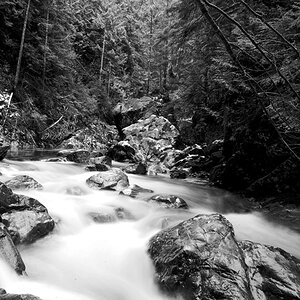
![[No title]](/data/xfmg/thumbnail/38/38750-dbafc867a1461ce200c2405640d537ec.jpg?1619738704)

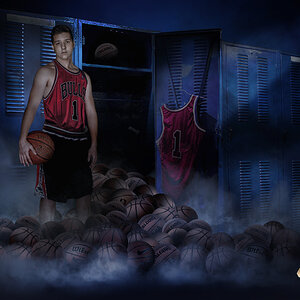

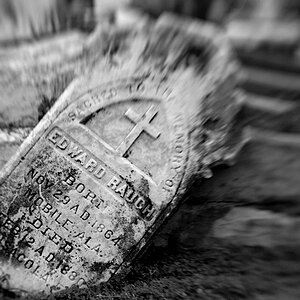
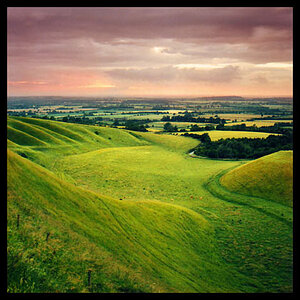
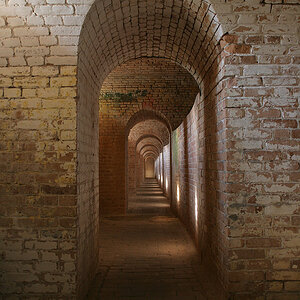
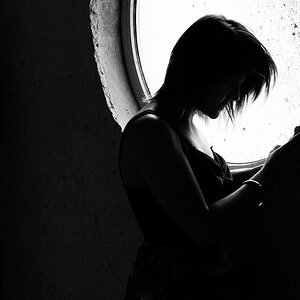
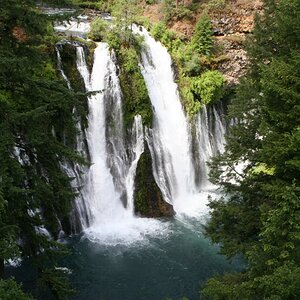
![[No title]](/data/xfmg/thumbnail/38/38749-a4ef503184d13a9c7592221cb44ac5e8.jpg?1619738704)
